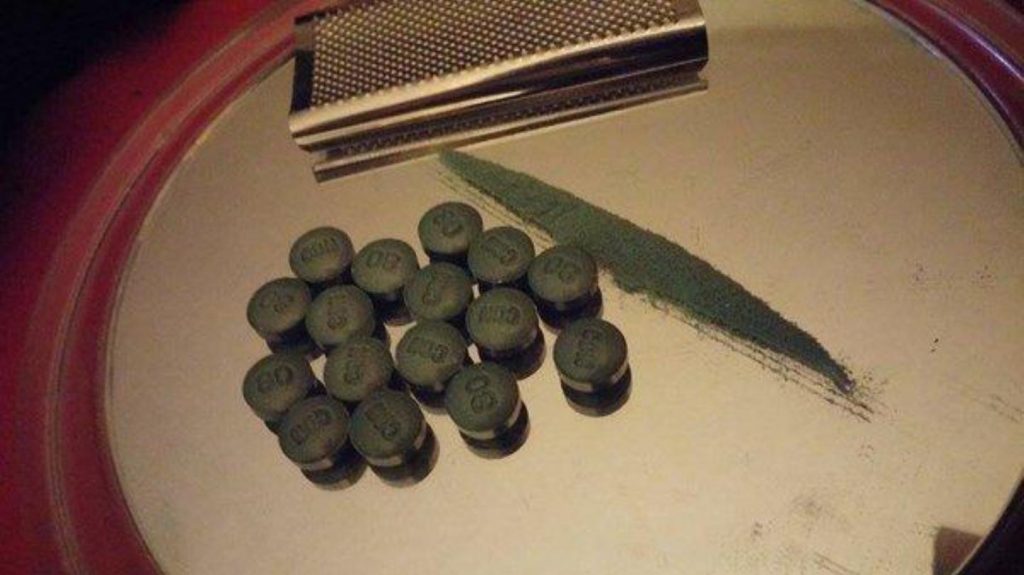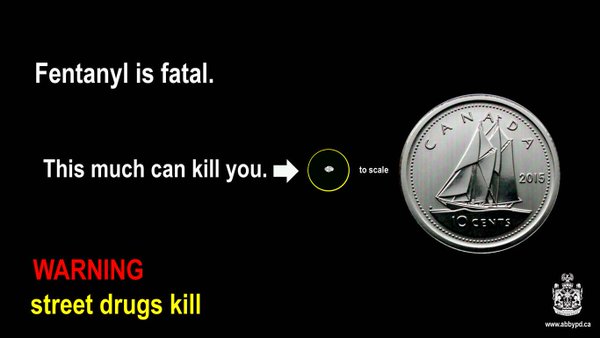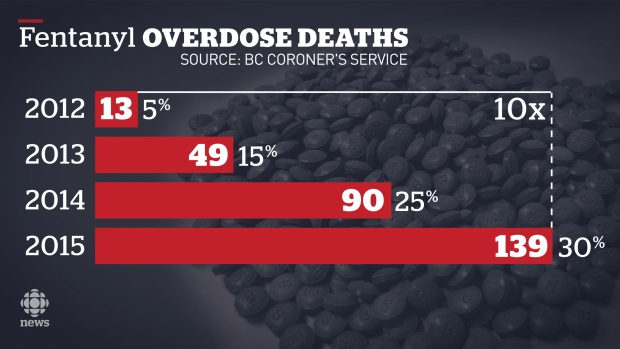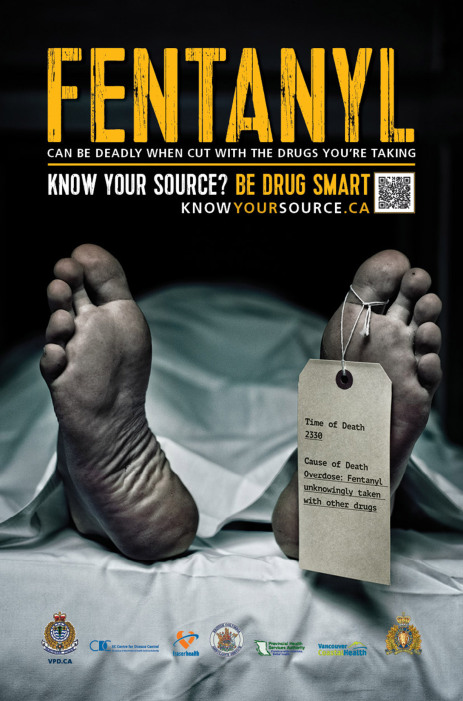We’ve all heard some people say that one of the hardest parts about being pregnant, is the fact that you have to be sober for 9 months. It can get quite difficult for some to abstain from having a glass of wine or some champagne during New Year’s. However, would a small amount cause any harm?
Everything you eat or drink when pregnant affects your baby. When a pregnant woman drinks alcohol, the alcohol travels to the baby through the bloodstream. From there it can damage and affect the cells of the baby. Brain cells and Spinal Cord cells are most likely to be the ones damaged.

Baby with Fetal alcohol syndrome.
Image credit: Wikimedia Commons
The term fetal alcohol spectrum disorder (FASD) describes the range of effects alcohol can have on a child. The effects can be anywhere from mild to severe. These effects may include an abnormal appearance, growth problems, learning and behavioural problems, and birth defects.
Video Source: AGLCdotCA from YouTube
On the contrary, there have been some studies done which suggest that a drink or two each week will have no effect on the unborn child. There have been a series of studies done in Denmark on five-year-old children, whose mothers had drank alcohol during pregnancy. These children seemed to have suffered no ill effects. Surprisingly enough, a UK study done in 2010 indicated that children born to light drinkers actually did better on cognitive development tests compared to the offspring of mother’s who drank no alcohol at all.
Approximately 10% of pregnant women drink alcohol during pregnancy in the United States. While 3% of women even reported to binge drinking, which is the consumption of more than 4 drinks in one sitting. While this may seem like a lot, the consumption of alcohol among pregnant women in the UK, Ireland, and Australia is a lot more. In these countries, between 15 and 20 percent of the women drink alcohol while being pregnant.
The problem now lies in the fact that there is no way of knowing how much alcohol is safe during pregnancy. Women who consume alcohol do so at lower levels where the offspring’s growth and developmental effects are less well understood as opposed to when large amounts of alcohol is consumed. I would never want to risk the health of my child for just a glass of wine once a week, as the consequences could be much worse than being sober for 9 months. Therefore the only way of avoid the risks, and have a better chance of a normal and healthy child, is to simply abstain from drinking any alcohol at all.
– Harpun Brar




